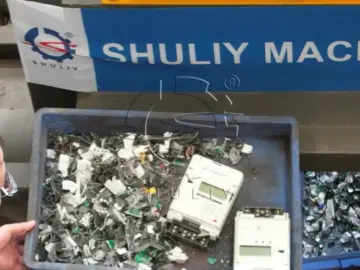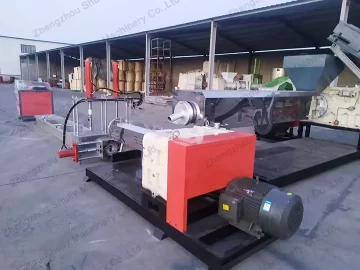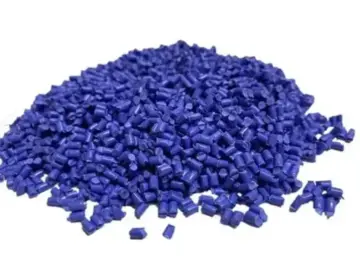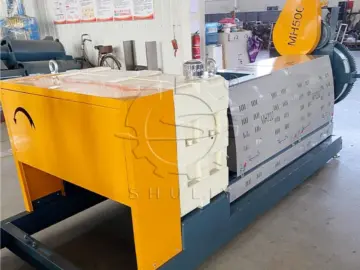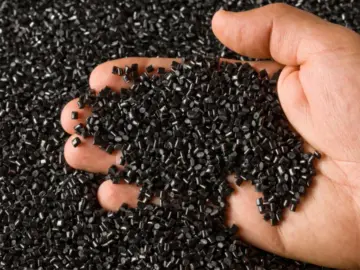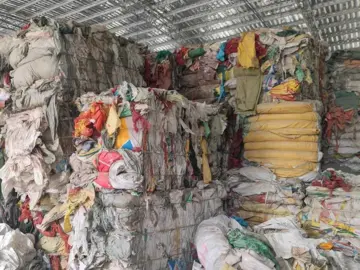The question “how much is a plastic granulator?” is one of the first and most important questions for any business entering or scaling up in the recycling industry. The answer, however, isn’t a single number. The plastic pelletizing machine cost is a direct reflection of its capabilities, durability, and the value it can bring to your operation.
This guide will transparently break down the five key factors that influence the final price, helping you understand what you’re paying for and why it’s a critical plastic recycling machine investment.
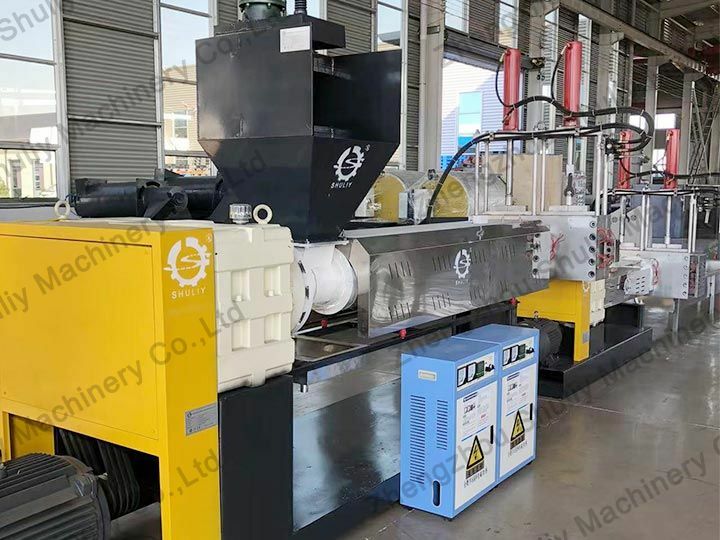
Factor 1: Production Capacity (Output in kg/h)
This is the most significant driver of a granulator price by capacity. A machine’s output is directly tied to its physical size, screw diameter, and the power of its motor. A larger machine requires more steel, a more powerful motor, and a larger gearbox, all of which increase cost.
As you can see from our specifications, a Type 105 machine with an output of 150kg/h and an 18.5kw motor is a more affordable plastic granulator than the Type 220, an industrial line with a 420kg/h output and a 90kw motor.
Factor 2: Core Technology (Single-Stage vs. Two-Stage)
The engineering at the heart of the machine plays a major role. A basic single-stage extruder is simpler to manufacture and will have a lower initial cost. However, a two-stage “Mother-Son” extruder, designed for superior degassing and filtration, is a more complex and capable machine.
The two-stage extruder price vs single stage reflects this advanced engineering. While the initial investment is higher, the ability to produce higher-quality pellets from more challenging materials often leads to a much better plastic granulator ROI.
Factor 3: Key Optional Features
Many granulators can be equipped with optional features that enhance performance. The most impactful of these is the non-stop hydraulic screen changer. The hydraulic screen changer cost is an additional investment, but as we’ve detailed in other articles, it can increase daily output by 20-40% by eliminating downtime, paying for itself very quickly.
Factor 4: Build Quality and Component Grade
Two machines with the same output can have vastly different prices based on the quality of their core components. A low cost plastic granulator might use inferior steel for the screw and barrel or a standard gearbox. These components will wear out quickly, leading to high maintenance costs and lost production.
A machine built with a 38CrMoAl nitrided steel screw and a heavy-duty hard-gear reducer will have a higher initial price, but its durability and reliability make it a far better long-term investment. When you see a plastic granulator manufacturer price, you are also seeing their commitment to quality.
Factor 5: Scope of Supply
Finally, the plastic granulator price depends on what’s included. Are you looking to buy a plastic pelletizer machine as a standalone unit to integrate into your existing setup? Or do you need a complete, turnkey production line?
A full plastic film recycling line or rigid plastic recycling line will include conveyors, shredders, washing tanks, and other auxiliary equipment, which will naturally be a larger investment than the granulator alone.
Getting a Quote for Your Plastic Granulator
Understanding these five factors will help you define your needs and evaluate quotes more effectively. As a direct manufacturer, we can configure a plastic granulator with the perfect balance of performance and value for your specific application.

